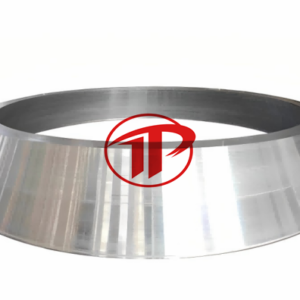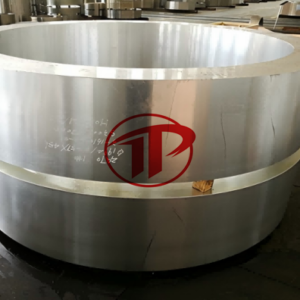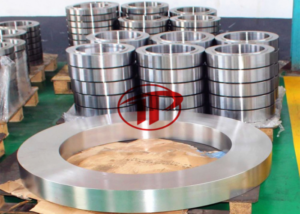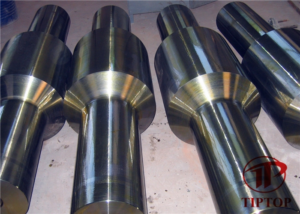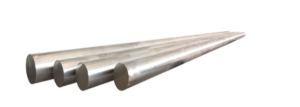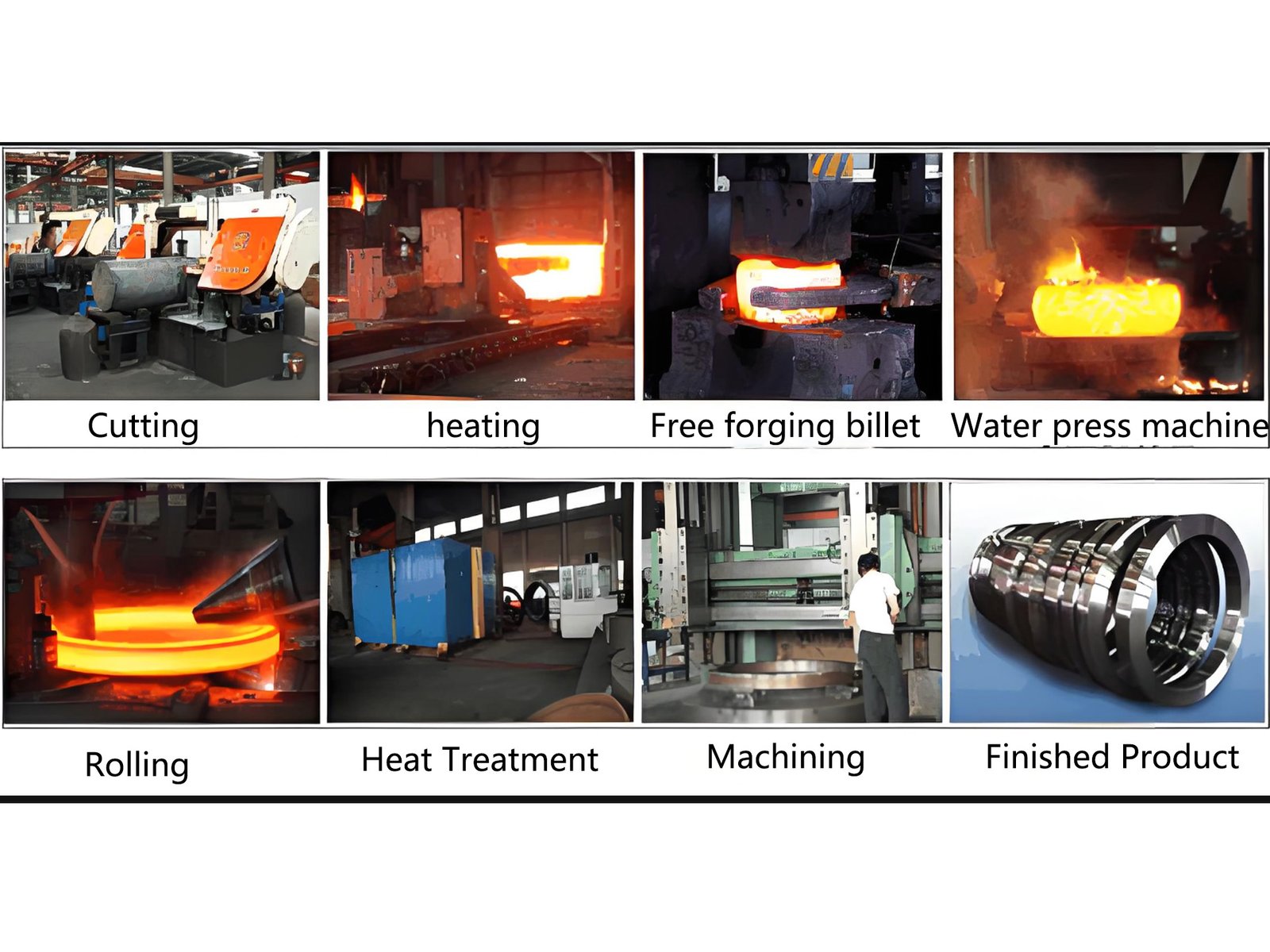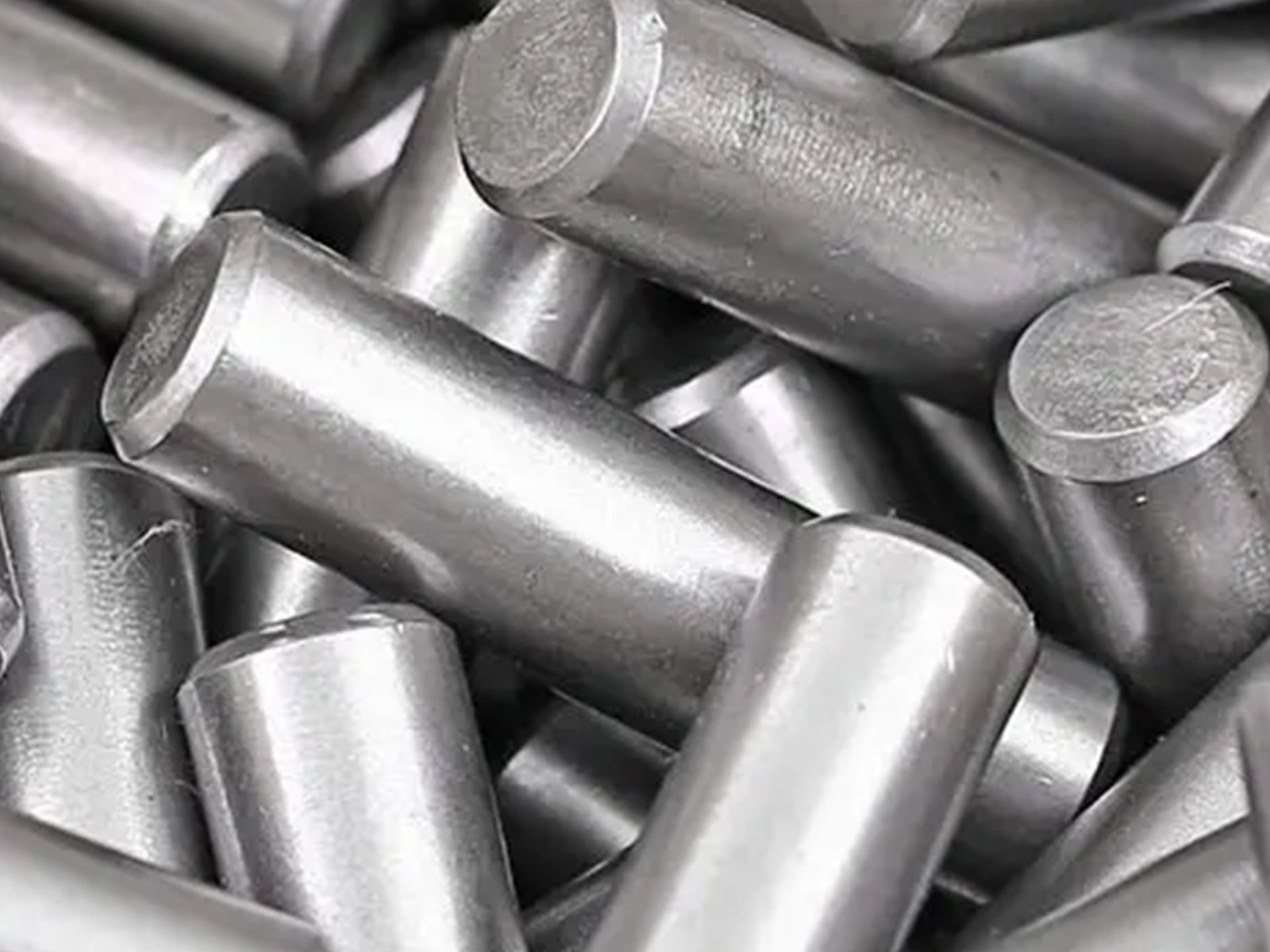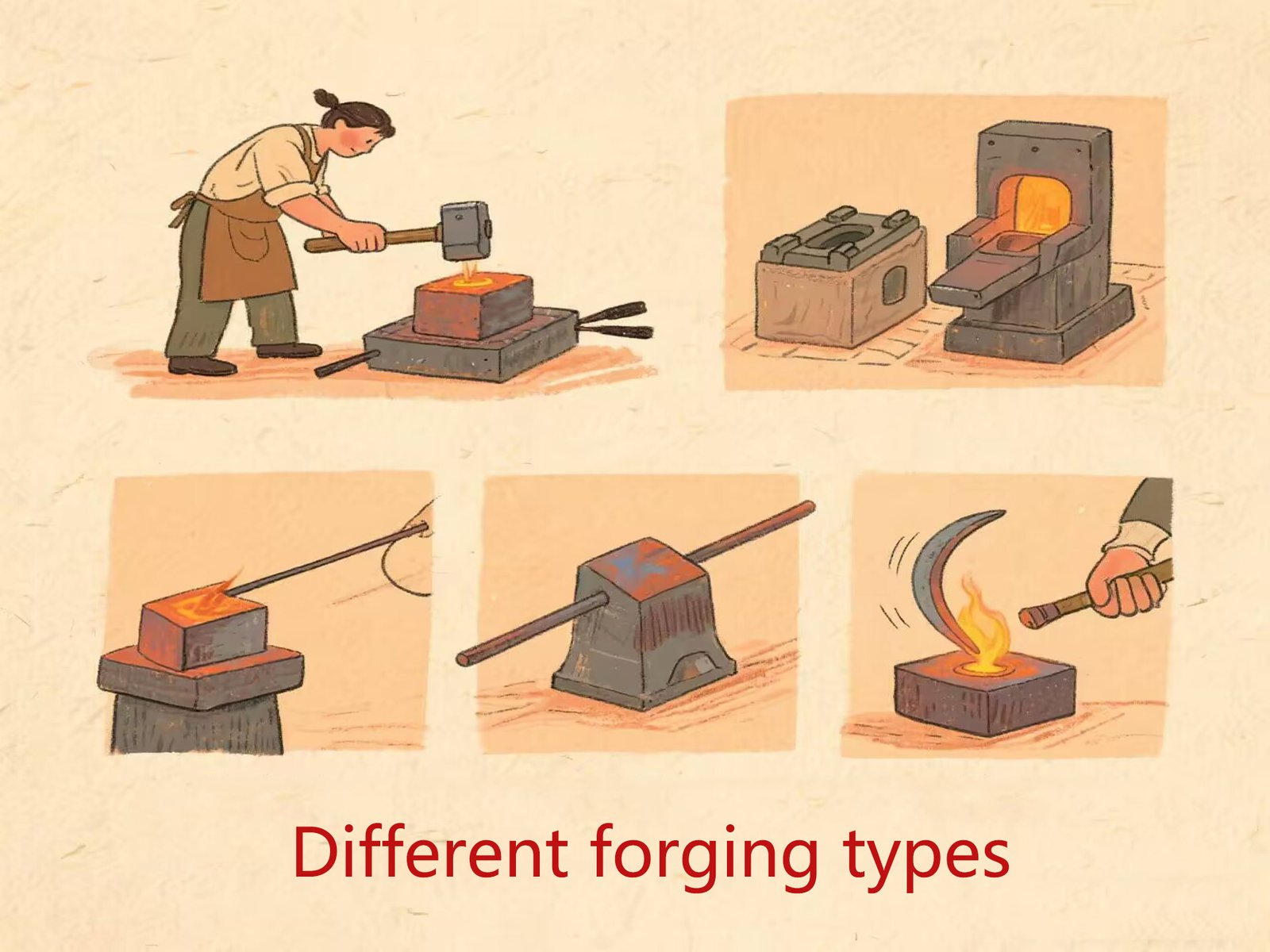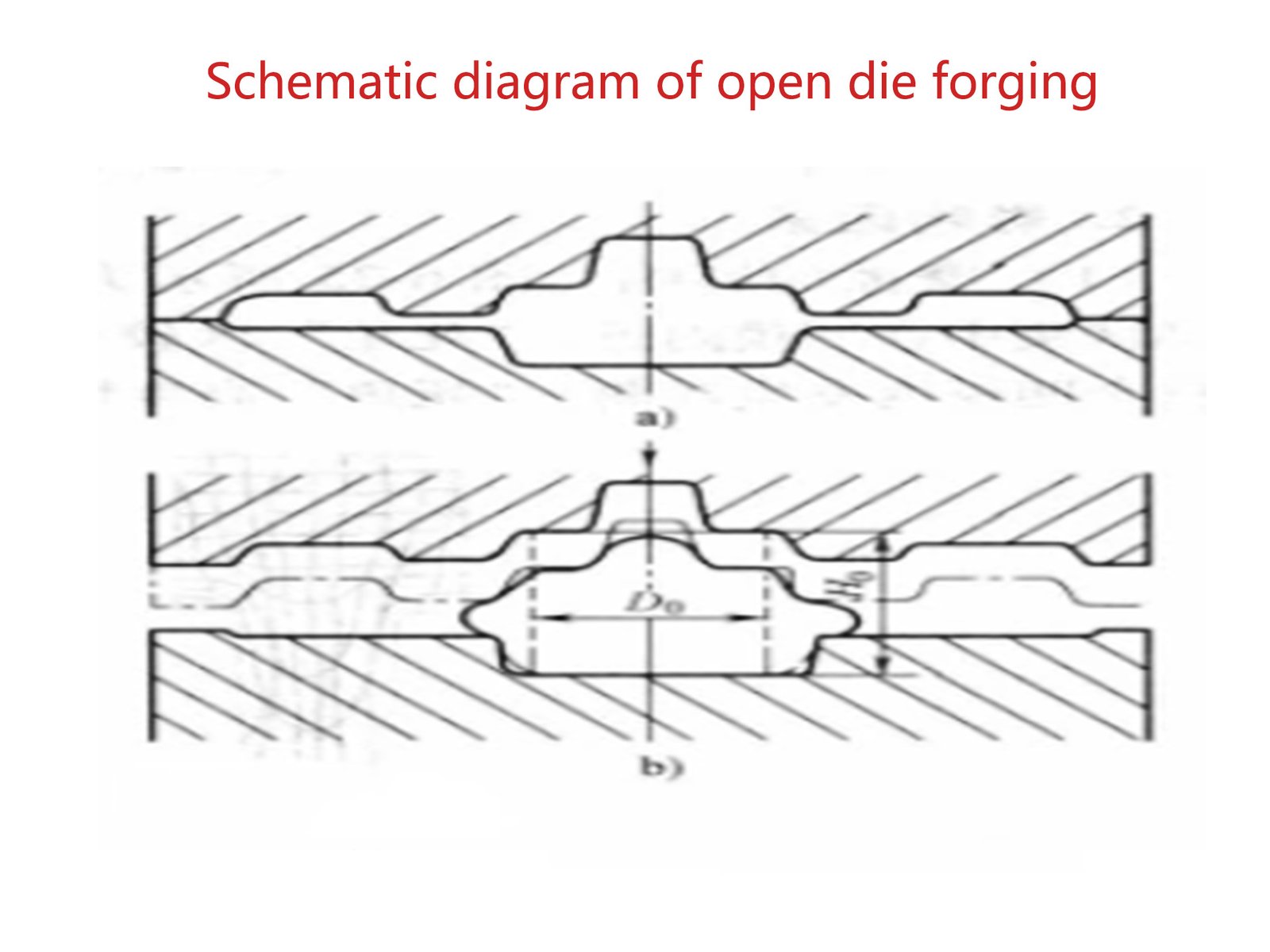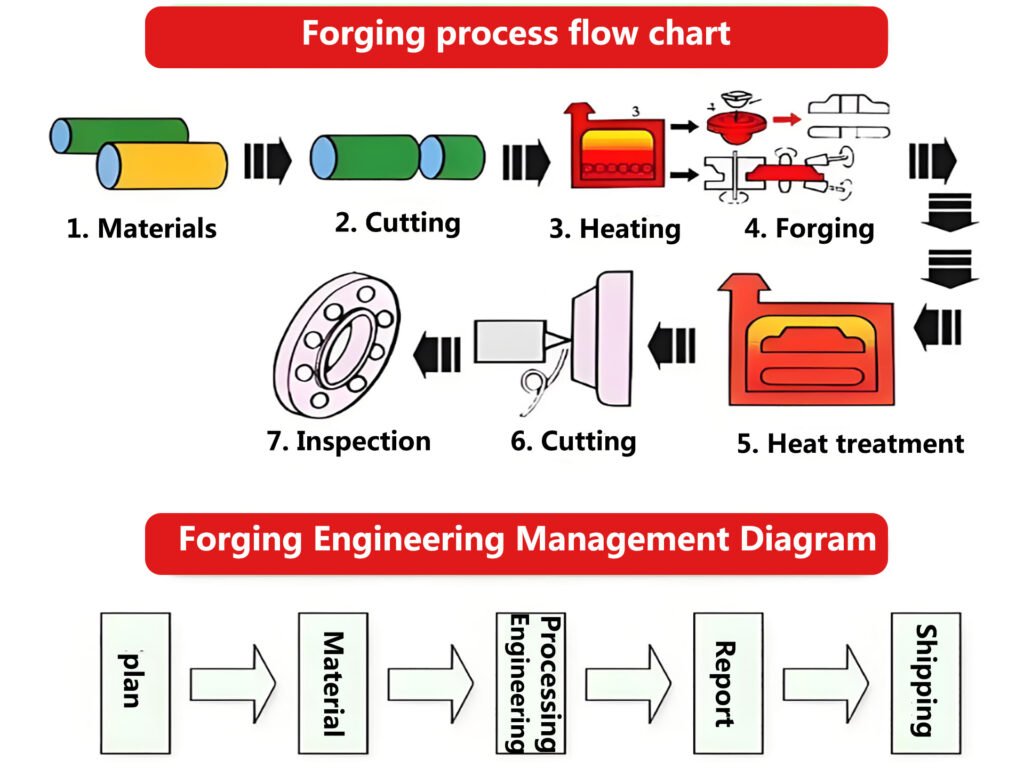
Why Forging Is the Backbone of Modern Engineering
Forging is greater than a legacy process—it’s a modern, performance-driven strategy that besides lengthen influences safety, durability, and effectivity at some stage in industries. In sectors like aerospace, automotive, oil & gas, and defense, forging ensures elements can endure excessive stress, immoderate temperatures, and prolonged company cycles.
As the demand for sustainable and high-performance manufacturing grows, forging stands out for its ability to reduce material waste, enhance part integrity, and deliver consistent quality at scale.
Forged parts aren’t just strong—they’re designed to last, even under the harshest conditions.
Forging Explained: A Modern Definition
Forging is the process of shaping metal using localized compressive forces, often while the material is heated to increase malleability. It alters the internal grain structure to follow the shape of the part, improving strength, fatigue resistance, and impact tolerance.
Unlike casting (which can introduce porosity and internal voids) or machining (which cuts across grain lines), forging realigns and strengthens the metal’s microstructure.
Forging vs. Casting vs. Machining
| Method | Internal Strength | Cost Efficiency | Ideal Use Cases |
| Forging | High | Medium | Load-bearing, fatigue-prone parts |
| Casting | Low-Medium | High | Complex shapes, lower stress parts |
| Machining | Medium | Low (wasteful) | Precision parts from billet |
Types of Forging Used in Engineering Projects
Open-Die Forging (Hand Forging)
Used for large or custom-shaped parts
Continuous grain flow, fewer inclusions
Typical applications: marine shafts, heavy equipment
Closed-Die Forging (Impression Die)
Dies restrict metal flow for accurate shapes
Suitable for high-volume production
Common in: automotive gears, tools, aircraft parts
Precision Press Forging
Controlled deformation with vertical presses
Tight tolerances, repeatable quality
Used in: robotics, medical instruments, EV components
Isothermal & Hot-Die Forging (Advanced)
Maintains die temperature for difficult alloys
Prevents thermal gradients that can cause cracking
Ideal for: titanium aerospace components
Materials Engineers Should Consider for Forging
Carbon Steel
Affordable and versatile. Suitable for automotive, agriculture, and construction.
Alloy Steel
Enhanced strength, toughness, and wear resistance. Used in mining and power generation.
Stainless Steel
Corrosion resistance with good strength. Common in food processing, energy, and valves.
Titanium & Nickel Alloys
High-performance applications where weight, strength, and temperature resistance are crucial (e.g., jet engines, offshore rigs).
Aluminum Alloys
Lightweight with excellent formability. Ideal for EVs, aircraft structures, and performance bikes.
Advantages of Forging in Modern Engineering
Superior Mechanical Properties
Up to 40% stronger than equivalent cast parts
Withstands shock, vibration, and cyclical stress better
Controlled Grain Flow
Improved fatigue life
Better resistance to impact and wear
Repeatability & Dimensional Stability
Essential for large-scale OEMs
Reduces variation in safety-critical assemblies
Eco-Friendly and Material Efficient
Near-net shape reduces waste
Long lifecycle lowers environmental footprint
Real-World Engineering Sectors Using Forging
| Industry | Common Forged Components | Why Forging Is Used |
| Aerospace | engine discs | Strength-to-weight ratio, reliability |
| Automotive | Crankshafts, connecting rods | Strength, cost-effectiveness, mass production |
| Oil & Gas | Valves, pipeline flanges | Pressure resistance, corrosion protection |
| Energy | Turbine shafts, generator parts | High mechanical and thermal endurance |
| Medical Devices | Orthopedic implants, tools | Biocompatibility, structural integrity |
Related Products
-
7050 2024 Aerospace Aluminum Forging
-
AISI H13 Mandrel Bar For Seamless Steel Pipe
-
Aluminum Casing Forging
-
Aluminum Forged Rings for Aerospace & More
Hot Forging vs Cold Forging: Which Is Right for Your Application?
Hot Forging
Temperature: 950–1250°C
Pros: Easier shaping, suitable for harder metals
Cons: Surface oxidation, more finishing required
Cold Forging
Temperature: Room temp
Pros: Excellent surface finish, precision tolerances
Cons: Limited to ductile materials, more force needed
The Future of Forging in Engineering
Smart Forging Systems
Integration of sensors, real-time monitoring, and AI-based predictive models ensures tighter control and efficiency.
Digital Simulation & Digital Twins
Simulate material flow, thermal gradients, and die wear before production begins. This reduces trial-and-error costs.
Sustainability Through Forging
Lower scrap rates
Long product lifespans
Increasing use of electric-powered forging presses
FAQ: Engineering Forging Questions Answered
Is forging always stronger than casting?
Yes, due to realigned grain flow and absence of internal voids, forging consistently provides superior mechanical properties.
Can forged components be customized?
Absolutely. Tooling can be tailored for custom geometries, and material selection can be aligned to project-specific requirements.
Conclusion: Why Forging Is an Engineering Power Move
Forging can provide what engineering gurus want most: strength, reliability, and cost-efficiency throughout lengthy working cycles. As industries push for cleaner manufacturing and more suitable products, forging proves to be an integral tool—not a legacy method.
Whether you are designing the subsequent plane engine or constructing high-volume car parts, forging have to be at the coronary heart of your manufacturing plan.
Looking for precision-forged options for your subsequent engineering project? Let’s construct some thing that lasts.

